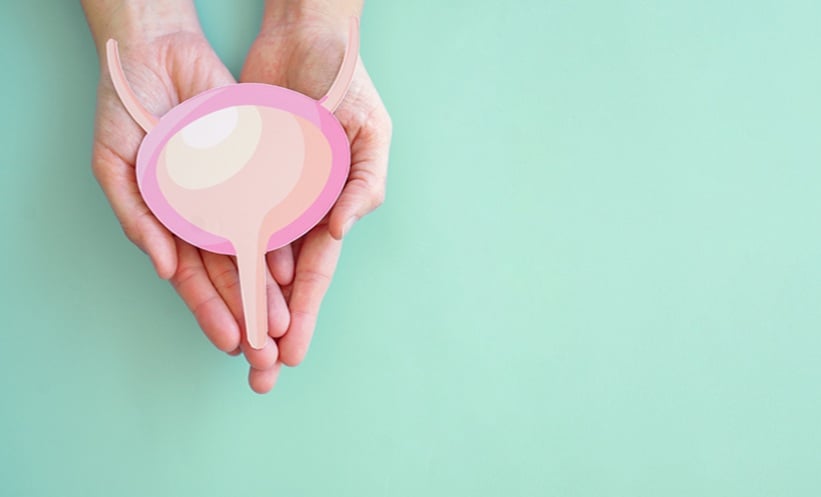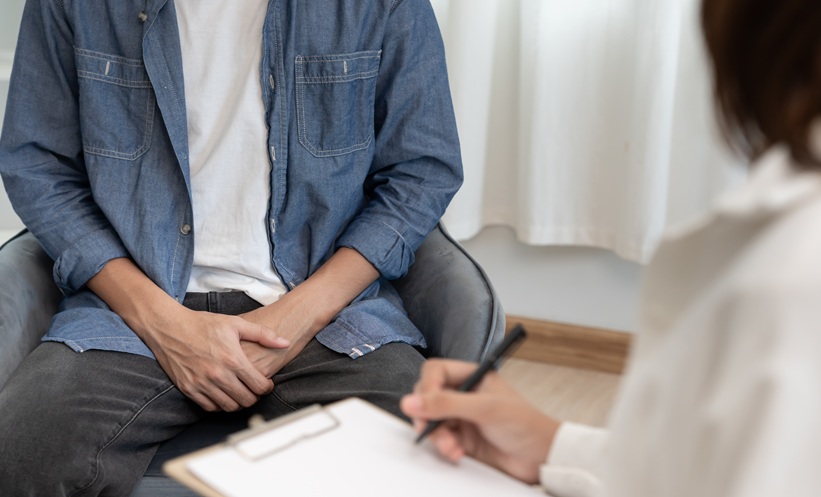UNDERACTIVE bladder (UAB) is marked by weak and/or brief detrusor contractions, leading to incomplete emptying. Prolonged bladder outlet obstruction (BOO), most commonly from benign prostatic hyperplasia (BPH), is a key driver.
While pressure–flow urodynamics remain the reference test to separate obstruction from poor contractility, treatment pathways are far from settled. Parasympathomimetics have long been proposed, but evidence has been inconsistent, and surgical relief of BOO, such as transurethral resection of the prostate (TURP), does not reliably restore contractility in men with detrusor underactivity.
This prospective randomised study assessed whether adding the cholinesterase inhibitor pyridostigmine could improve outcomes in men with UAB following TURP. Participants with BPH and pre-operative UAB received pyridostigmine 120 mg daily or placebo for three months. Compared with baseline, both groups improved after TURP; however, the pyridostigmine arm showed greater and progressive gains across key measures, including International Prostate Symptom Score (IPSS), quality of life (QoL), post-void residual (PVR), maximum flow (Q-max), bladder contractility index (BCI) and a lower incidence of postoperative retention. Notably, QoL did not significantly improve in the control group.
Exploratory correlations offered clinical nuance. In the active arm, higher age correlated with worse IPSS, higher BMI with greater detrusor pressure, and smoking with better QoL scores (a counterintuitive finding that warrants caution and replication). In the placebo arm, higher PSA associated positively with IPSS, IPSS QoL and Q-max, while larger prostates correlated with lower detrusor pressure.
Safety was acceptable at this low dose. Adverse effects occurred in 23.5%, predominantly mild and managed symptomatically, with one discontinuation due to severe diarrhoea. The authors attribute tolerability to the modest 120 mg daily regimen, lower than doses often used in myasthenia gravis, where side-effects are dose-dependent and can include cholinergic crises at excess exposure.
Taken together, the findings suggest that targeted augmentation of cholinergic signalling may help bridge the gap between anatomical de-obstruction and functional recovery in BOO-mediated UAB. Nonetheless, the study’s small sample and short follow-up temper definitive conclusions, particularly on long-term safety and durability. Larger, longer trials should confirm efficacy, refine patient selection, and clarify how best to integrate pyridostigmine into post-TURP pathways. For now, after informed counselling, pyridostigmine appears a reasonable, low-cost adjunct in carefully selected men with UAB after TURP.
Reference
Zeinelabden KM et al. The efficacy of pyridostigmine therapy after transurethral resection of prostate in cases with underactive urinary bladder: prospective randomized trial. World J Urol. 2025;43(1):473.







